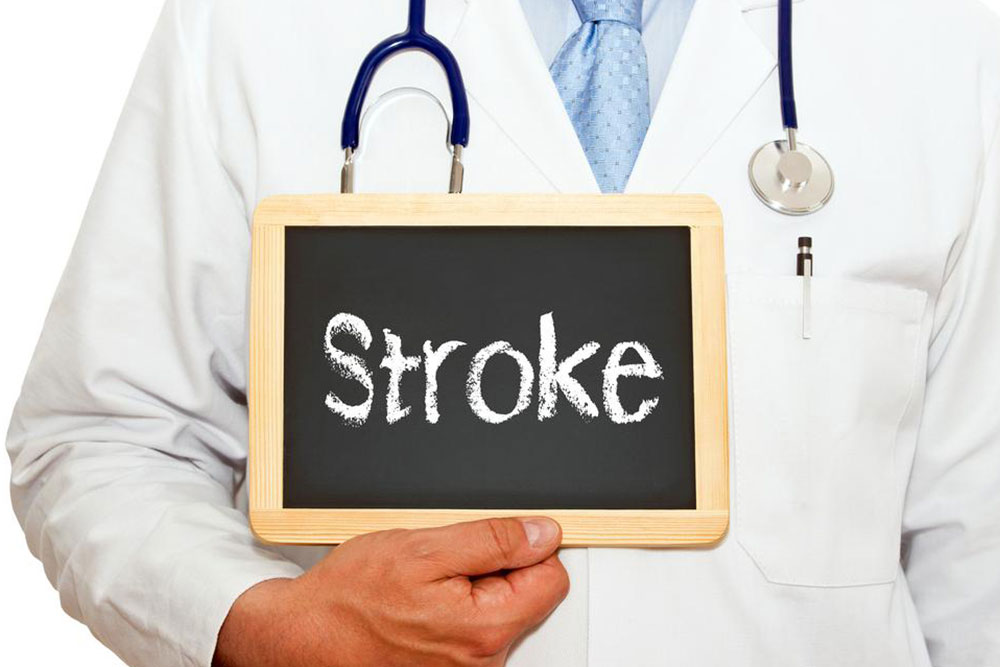Understanding Leg Discomfort: Symptoms and Causes
This article explores common symptoms and causes of leg discomfort, emphasizing the importance of early diagnosis and treatment. It covers minor injuries, muscle cramps, and serious health issues like deep vein thrombosis and sciatica. Recognizing warning signs enables timely medical intervention, preventing complications and restoring leg health. Suitable for individuals experiencing persistent or severe leg pain, this guide highlights when to seek professional care and how to manage initial symptoms effectively.

Understanding Leg Discomfort: Symptoms and Causes
Our legs endure significant stress daily, supporting the body's weight whether we walk, stand, or sit. This continuous pressure makes leg pain a common issue among many individuals. Pain can impact the feet, ankles, knees, or thighs—any area below the hips—ranging from mild to severe discomfort.
In extreme cases, leg pain can be so intense that walking becomes impossible. Causes vary from minor injuries to underlying health conditions. Persistent or worsening pain warrants medical evaluation. Recognizing symptoms early helps in effective treatment, preventing serious health problems.
Weakness in legs, feet, or ankles
Numbness in the feet
Frequent muscle cramps
Throbbing or pulsating pain
Mild to severe aching
Tingling sensations with pain
Leg pain can stem from simple injuries or more serious medical issues requiring attention. Common causes include muscle cramps, injuries like ligament strain or inflammation, and conditions such as deep vein thrombosis or nerve issues. Recognizing symptoms and causes promptly enables timely treatment to restore comfort and prevent complications. Be attentive to persistent symptoms and seek professional care when necessary.
Common reasons for leg discomfort include:
Muscle Cramps: Sudden, sharp pain from involuntary muscle contractions often caused by dehydration or fatigue.
Injuries: Includes tendonitis, muscle tears, knee bursitis, shin splints, and stress fractures that cause localized pain.
Health Conditions: Serious ailments like peripheral vascular disease, deep vein thrombosis, sciatica, flat feet, multiple sclerosis, and varicose veins can manifest as leg pain. Early diagnosis and treatment are crucial for these conditions.
Persistent leg discomfort should not be ignored. While minor causes may resolve with rest and care, severe symptoms require immediate medical attention to prevent complications. Legs support the entire body's weight, making them vulnerable to both everyday strain and significant health problems. Timely intervention helps maintain mobility and well-being.










